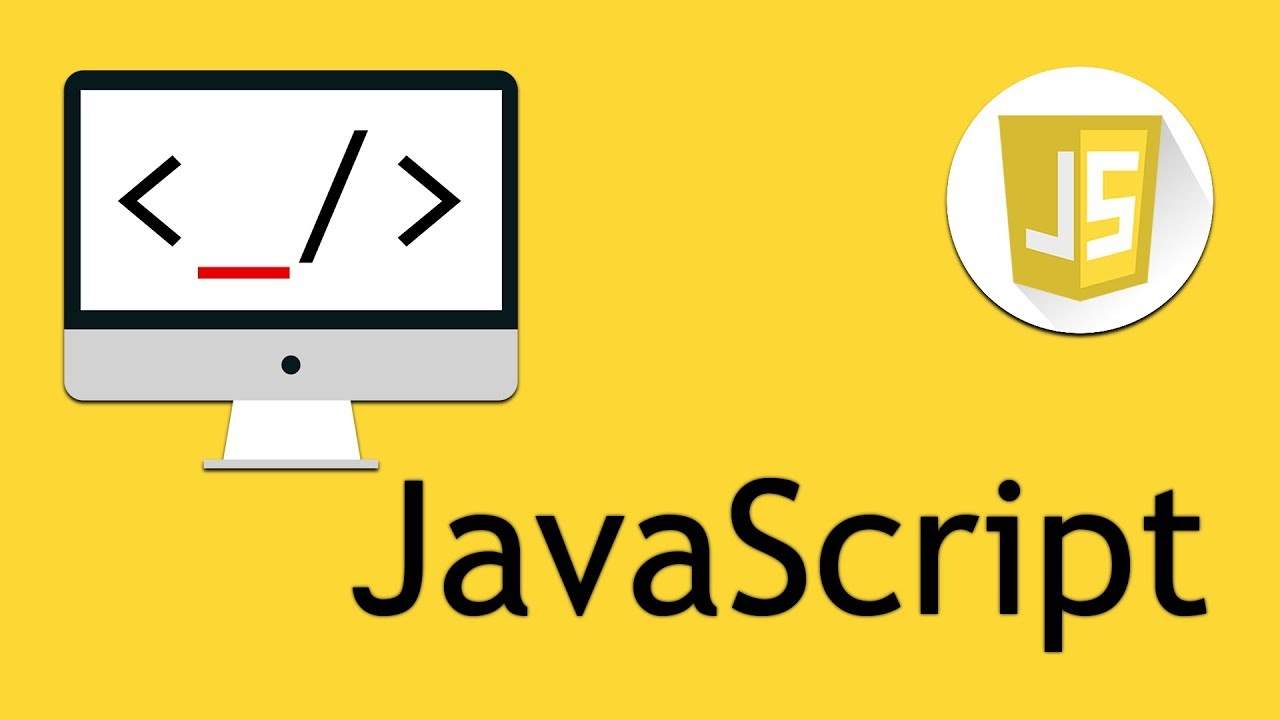
Manipulating and formatting strings in Javascript
In this particular blog post, we’ll be answering some commonly inquired questions regarding Javascript strings. We’ll deal with stuff like how to produce a string, operate strings, and format strings. So, one could examine js strings. At the end of this submit, you should have an excellent idea of how to do business with strings in Javascript. Let’s begin!
How do I produce a string in Javascript?
In Javascript, there are two approaches to produce a string. The very first is through the use of dual quotations (“) and also the second is to utilize one quotations (‘). For instance, each of the following are good strings:
“this can be a string”
‘this is also a string’
It doesn’t matter which one you employ, so long as you’re consistent throughout your computer code. Some people want to use increase quotations as it enables them to use apostrophes within the string (as in the term “don’t”) without needing to evade them. Even so, it’s really around personalized personal preference. Therefore, take a look at javascript variables.
How do I concatenate strings in Javascript?
String concatenation occurs when you practice two or more individual strings and blend them into a single string. In Javascript, there are numerous approaches to concatenate strings. The most common way is to utilize the + proprietor:
var string1 = “Hi there”
var string2 = “Planet”
var combinedString = string1 + ” ” + string2 // Hi there World
Even so, for those who have a great deal of strings that you would like to concatenate together, this technique can be quite tiresome. In that case, you can use the join() method:
var fruit = [“apple”, “banana”, “cherry”]
var combined fruit = many fruits.be a part of(“, “) // apple company, banana, cherry
How can i change strings in JavaScript?
There are several strategies to use strings in JavaScript. Among the most popular techniques are:
– toUpperCase(): Transforms a string to all of uppercase words. By way of example, “hello there planet”.toUpperCase() would come back “HELLO Entire world”.
– toLowerCase(): Transforms a string to all lowercase letters. As an example, “Hi Entire world”.toLowerCase() would come back “hi there world”.
– cut(): Removes whitespace right away and end of your string. As an example, ” hello there world “.clip() would return “hi entire world”.
– divide(): Splits a string into a wide range of substrings. For example, “hello world”.break up(‘ ‘) would give back [“hi”, “community”].
– substr(): Components a specified variety of figures from the string. As an example, “hello there world”.substr(6, 5) would return “entire world”.
– swap(): Swithces a single substring with yet another. As an example, “hello world”.substitute(“community”, “JavaScript”) would return “hi there JavaScript”.
How can i structure strings in JavaScript?
In terms of formatting strings in JavaScript, there are two principal choices: concatenation and format literals.
Concatenation occurs when you mix several strings together by using the + proprietor. By way of example:
var str1 = ‘Hello’
var str2 = ‘World’
var combinedStrings = str1 + ‘ ‘ + str2 // Hello World
Template literals are when using backticks (` `) to generate a design that may involve specifics. Factors are denoted with $. By way of example:
var title = ‘John’
gaming system.sign(`Hello, my title is $brand`) // Hi there, my label is John
What type you employ is up to private personal preference. Nonetheless, template literals are usually thought to be much more easily readable and much easier to work with.
Hopefully that it submit has clarified a few things about working together with strings in Javascript.
Many thanks for reading!